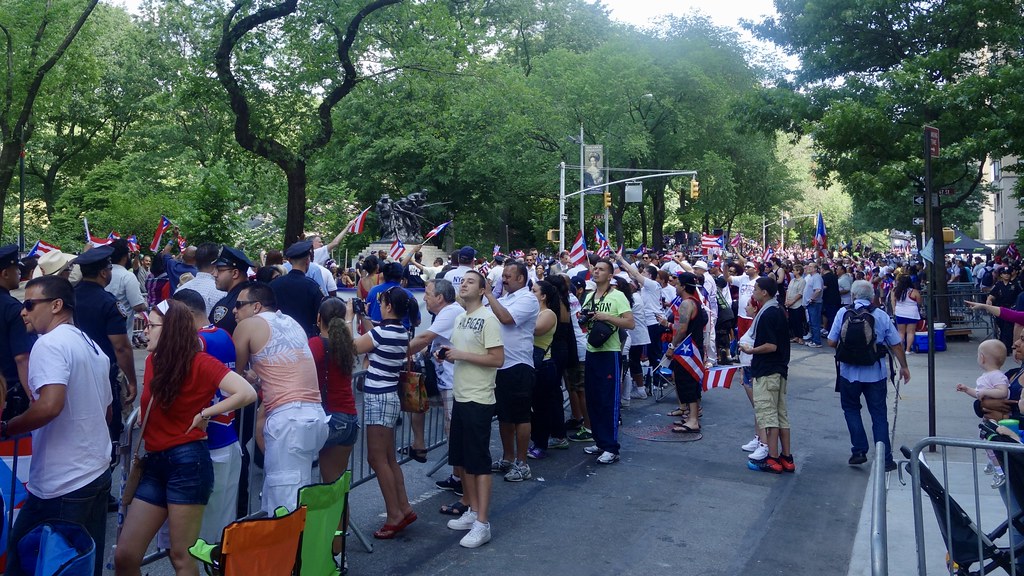Sam Juan is having its first ever Puerto Rican Day Parade on Saturday, May 18, 2024. Airlines are adding flights to the Island from the states. This is the first Puerto Rican Day parade in Puerto Rico.
It is by no means the first Puerto Rican Day parade. The first Puerto Rican Day parade was held in New York City in 1958. And even that was not the beginning. The National Puerto Rican Day Parade’s origins can be traced back to 1954, when New York City held a Desfile Hispanoamericano or Hispanic Day Parade. In 1958, a group of community leaders, including Catholic Archdiocese of New York representatives Cardinal Spellman and Ivan Illich, advocated for a separate parade specifically honoring Puerto Rican heritage. This marked the birth of the Puerto Rican Day Parade in Spanish Harlem.
The early years of the Puerto Rican Day Parade were a time of growth for New York’s Puerto Rican community as the Great Migration brought more people from the Island to the states. The event served as a rallying point for the community, providing a platform to showcase their culture, traditions, and achievements. It fostered a sense of unity and pride amongst Puerto Ricans navigating life in a new environment, facing challenges like language barriers and discrimination.
In 1964, the parade moved to its current location along Fifth Avenue, solidifying its place as a major cultural event in New York City. In 1995, the organization officially became the National Puerto Rican Day Parade, reflecting its broader significance beyond New York City.
National Puerto Rican Day Parade
The National Puerto Rican Day Parade has become a multifaceted celebration. Floats representing cultural organizations, community groups, and businesses fill the streets, accompanied by vibrant music and dance performances. The parade also serves as a platform for social and political commentary. Community leaders, activists, and elected officials use the parade to highlight issues important to the Puerto Rican community, such as educational equity, economic empowerment, and the ongoing debate about Puerto Rico’s political status.
Despite its celebratory nature, the National Puerto Rican Day Parade hasn’t been without its challenges. Criticisms have been raised regarding internal organizational issues and the commercialization of the event. Additionally, topics concerning representation within the parade and the complexities of diasporic identity remain ongoing discussions.
Despite these challenges, the National Puerto Rican Day Parade remains a powerful symbol of Puerto Rican resilience and cultural identity in the United States. It’s a testament to the vibrancy and contributions of the Puerto Rican community and a platform for celebrating their rich heritage. As the parade continues to evolve, it represents a vital space for cultural expression and a reminder of the importance of a strong collective voice for the Puerto Rican diaspora.
Other Puerto Rican Day parades
New York City holds the largest Puerto Rican Day parade, and the one know as the National Puerto Rican Day parade, but it is not by any means the only one. Newark, New Jersey, held its first Puerto Rican Day parade in 1961, just a few years after New York City inaugurated theirs. Hartford, Connecticut, and Philadelphia, Pennsylvania, followed suit in 1964. Chicago held its first Puerto Rican Day parade (now the Puerto Rican People’s Day Parade) in 1966. Cleveland, Ohio, started theirs in 1969. Many more cities hold their own version of the parade.
Orlando, Florida, is one of the most recent additions to the list, beginning in 2016. Florida now has the largest Puerto Rican population on the mainland.
San Juan’s parade will bring the desfile puertorriqueño back to Puerto Rico.








No responses yet